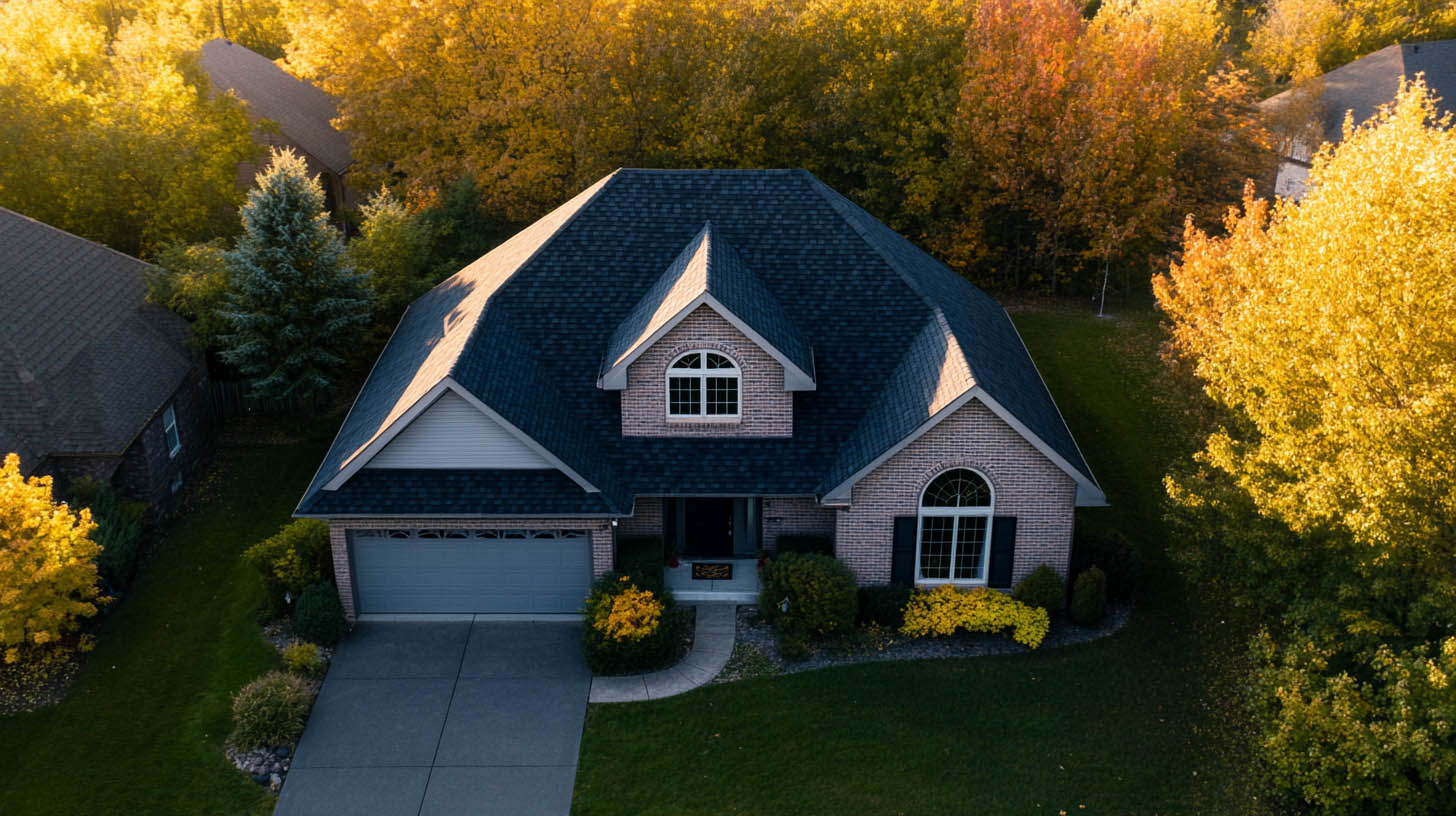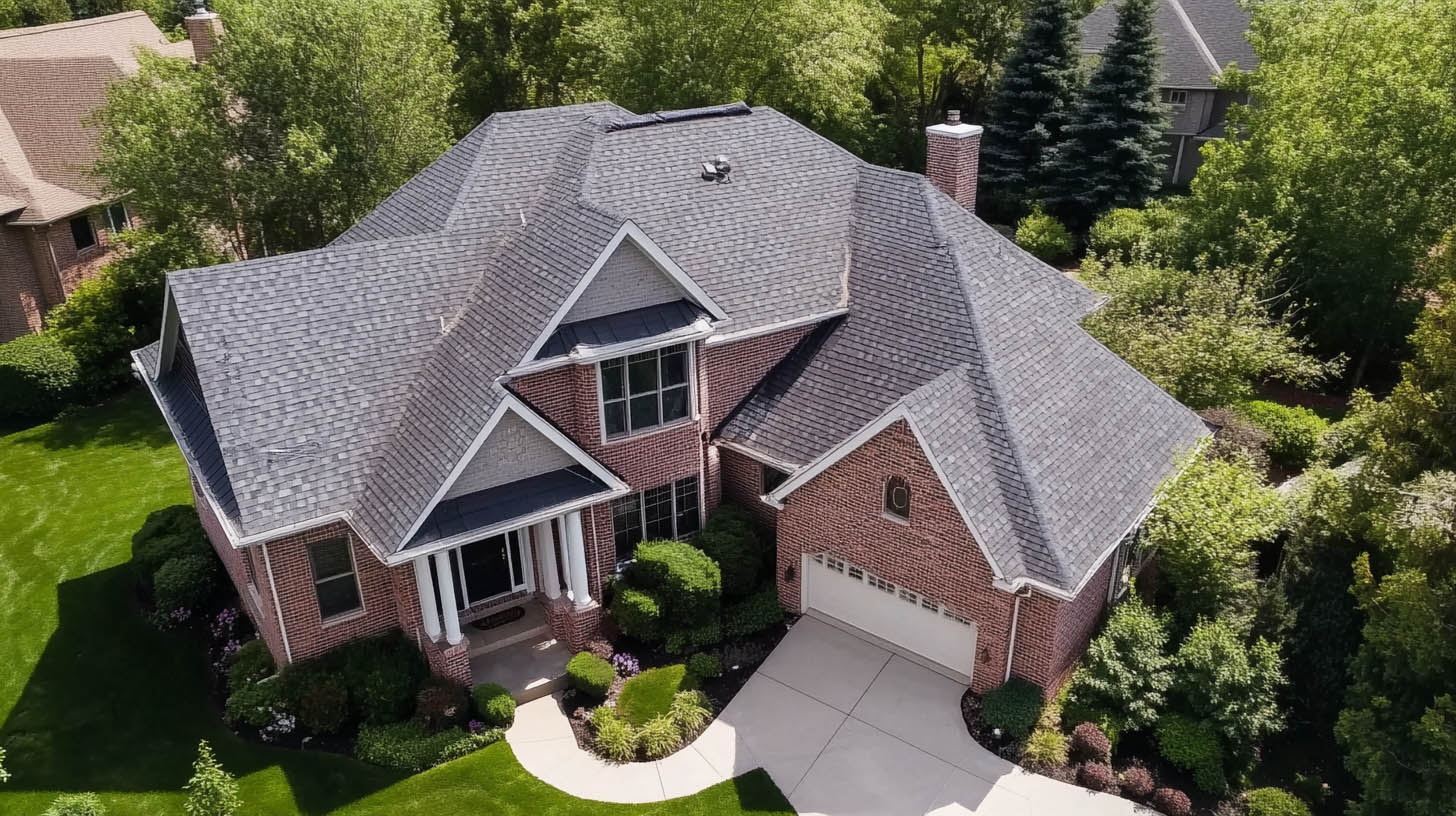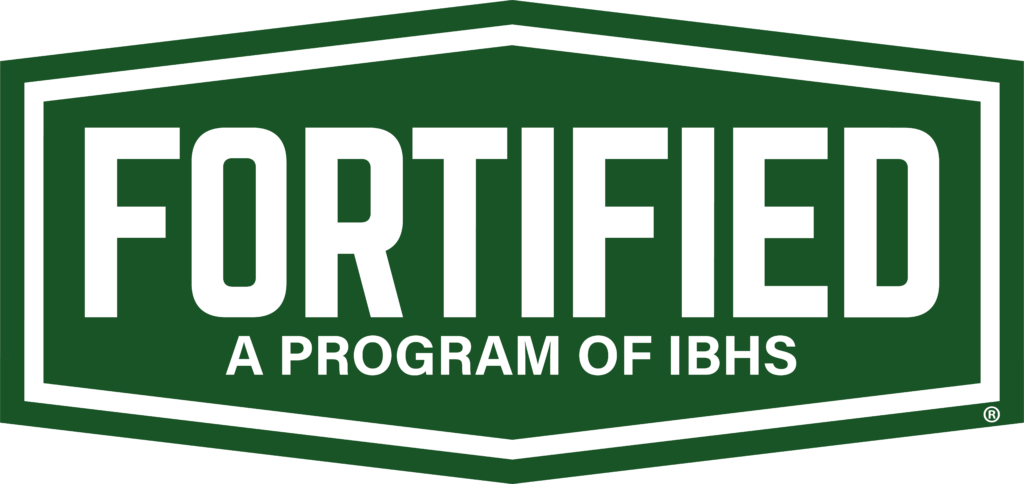
Warning Signs That Mean You Need a Roof Inspection
The roof is one of the most vital parts of any home, yet it’s frequently neglected until an issue arises. Scheduling regular roof inspections is key to identifying problems early, prolonging the roof’s lifespan, and preventing expensive repairs. In Stephenville, TX—where intense sun, hail, and abrupt weather shifts are common—these inspections become even more important. If you’re unsure when to have one done, there are definite warning signs that signal it’s time to bring in a roofing professional.
At DT Roofing, we recommend that homeowners keep a close eye on the condition of their roofs, especially after major weather events or as the roof approaches the end of its expected lifespan. Understanding the warning signs can help you act quickly before small issues turn into major structural problems.
Why Roof Inspections Matter
A roof inspection goes beyond a surface glance. It involves a thorough evaluation of the roof’s materials, structure, ventilation, drainage, and flashing. Inspections allow roofing professionals to identify hidden problems that the average homeowner may miss — such as small leaks, mold development, or aging components that could soon fail. In regions like Stephenville, where storms and heat can degrade roofing materials faster than expected, inspections become a key part of preventive maintenance.
Regular inspections can save you thousands of dollars in the long run. They help catch early signs of damage, validate warranty coverage, and support smoother insurance claims after storm events. Most importantly, they protect the structural integrity of your home and the safety of everyone inside.
Top Warning Signs That You Need a Roof Inspection
1. Visible Shingle Damage
One of the most obvious signs that your roof needs attention is damaged shingles. Look for curling, cracking, missing, or blistered shingles. These signs often indicate weather wear or poor ventilation beneath the roof deck. Shingles that are no longer properly sealed can allow moisture to penetrate your roofing system, leading to leaks and rot.
If your roof has darker patches or bald spots where granules have worn off, that’s another signal of shingle deterioration. Granules protect shingles from UV damage and provide fire resistance — once they’re gone, the lifespan of your roof decreases dramatically.
2. Leaks or Water Stains in the Attic or Ceiling
Water stains on ceilings or walls often suggest a leak that has made its way into your home’s interior. Even if the leak appears small, the actual damage beneath your roof could be much more significant. Inspect your attic for signs of water intrusion, including dark streaks on rafters, damp insulation, or a musty smell.
Leaks are often caused by compromised flashing, damaged underlayment, or shingle failure — all issues that a professional roofer can identify and resolve quickly during an inspection.
3. Sagging or Uneven Rooflines
A roof that appears wavy, sagging, or uneven could indicate structural problems with the decking or support beams. This type of damage can occur from prolonged water exposure, rotting wood, or excessive weight from debris and water that hasn’t drained properly.
Any sagging area should be treated as a red flag. Delaying an inspection could lead to a partial or full roof collapse, which can cause extensive interior damage and create a serious safety risk.
4. Increased Energy Bills
Your roof plays a major role in your home’s energy efficiency. If you’ve noticed a spike in your heating or cooling costs, your roof could be to blame. Poor attic ventilation, failing insulation, or roof leaks can all force your HVAC system to work harder to maintain a comfortable indoor temperature.
A roof inspection will identify gaps in insulation, blocked vents, or issues with roofing materials that are allowing conditioned air to escape — helping you restore energy efficiency and save money on your utility bills.
5. Storm or Hail Damage
Stephenville is no stranger to severe weather. After a major hailstorm or high winds, even if you don’t see visible damage, your roof may still have been compromised. Hail can cause bruising and cracking in shingles, while strong winds may lift or break them loose.
After any storm, scheduling a roof inspection ensures you catch damage early and maintain eligibility for insurance coverage. Roofing professionals will document their findings and help you navigate the claims process if repairs or replacement are needed.
6. Aging Roof
If your roof is over 15 years old and hasn’t had a recent inspection, it’s time. Most roofing materials have a lifespan of 15–30 years depending on quality and maintenance. As your roof ages, components like flashing, sealants, and underlayment begin to degrade even if the shingles still appear intact.
An inspection helps you determine the remaining life of your roof and whether proactive repairs can extend it, or if replacement should be planned.
What Happens During a Professional Inspection?
A professional roof inspection typically includes both an exterior and interior evaluation. The exterior inspection focuses on shingles, flashing, gutters, chimneys, and drainage systems. The interior portion includes the attic, checking for signs of water penetration, mold, poor ventilation, and insulation issues.
At DT Roofing, our experienced team uses advanced tools and techniques to assess every aspect of your roofing system. We provide a detailed report, photographs, and repair recommendations so you have a clear understanding of your roof’s condition and next steps.
As a trusted Owens Corning Platinum Preferred Contractor, we also offer premium materials and installation standards that ensure long-term performance and warranty protection.
Don’t Wait Until It’s Too Late
Roof damage doesn’t always announce itself with a leak or a missing shingle. Often, the most costly damage develops quietly — beneath the surface, behind walls, or under insulation. That’s why proactive inspections are one of the smartest investments a homeowner can make.
If you’ve experienced any of the warning signs above or it’s been more than a year since your last roof inspection, now is the time to act. Whether you’re looking to protect your home from the next storm or simply ensure your roofing system is in peak condition, our team is here to help.
Read also our blog: How to Shield Your Roof from Extreme Cold











